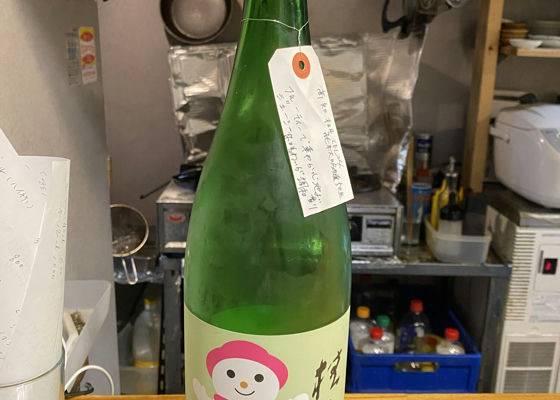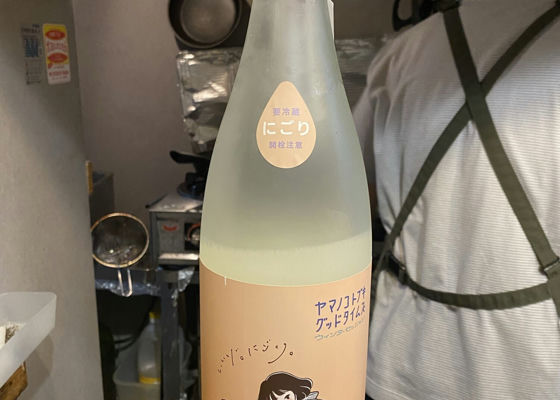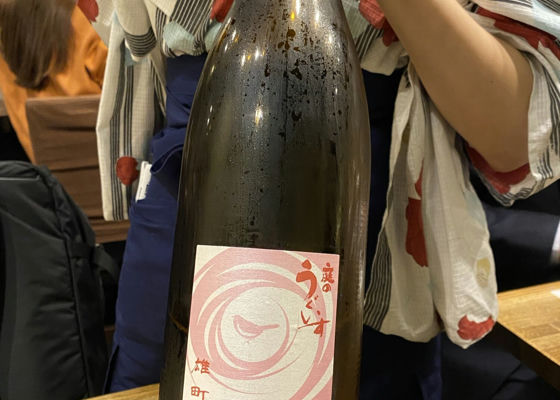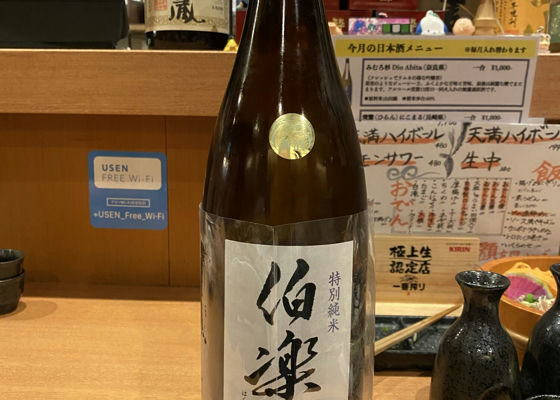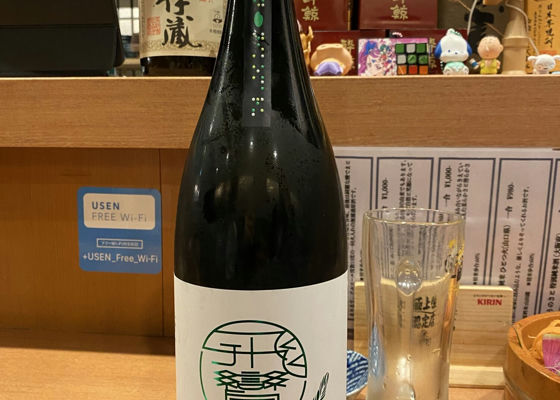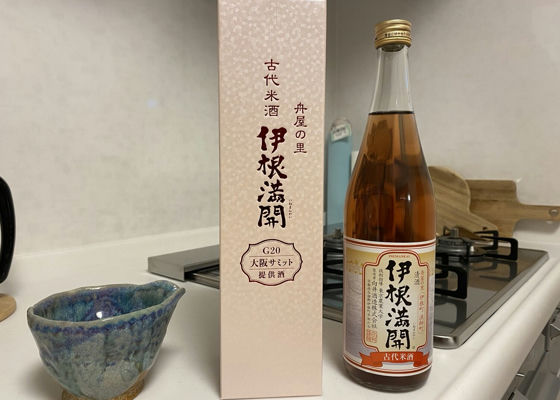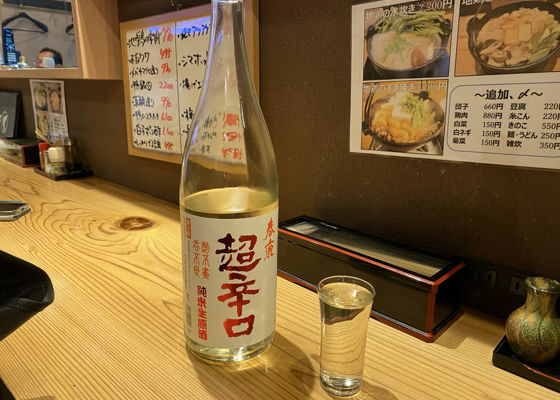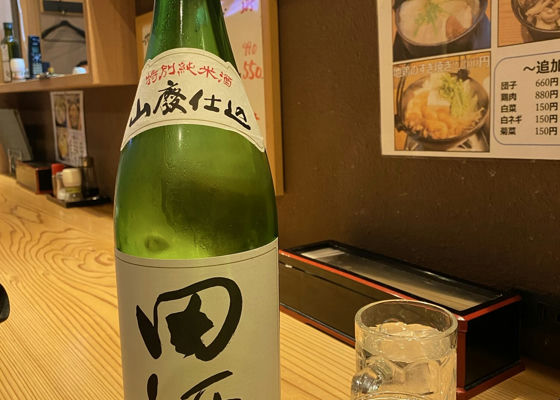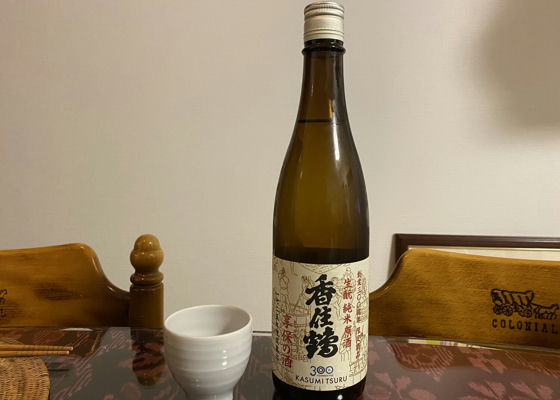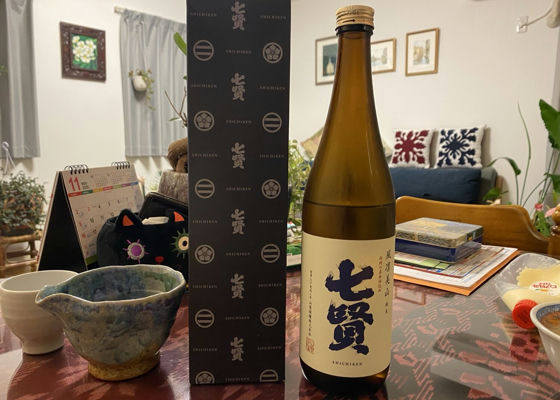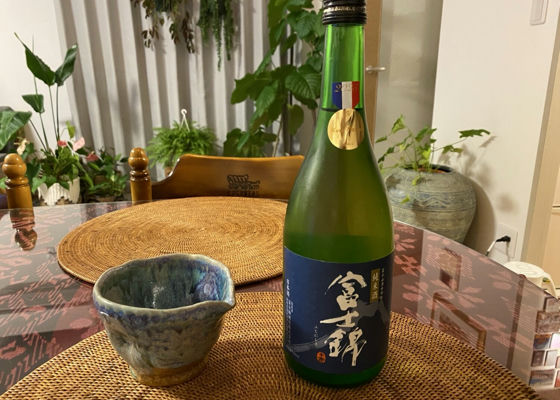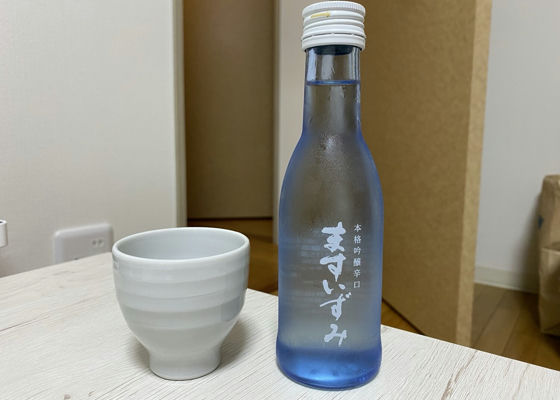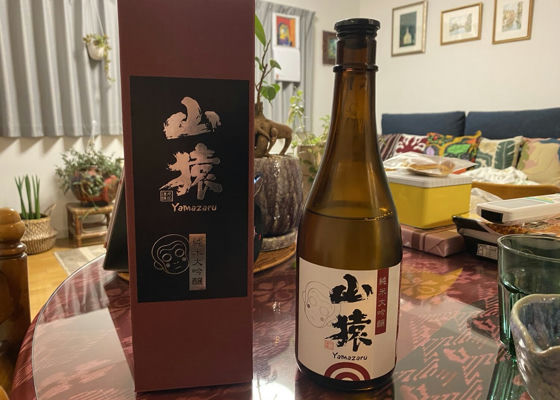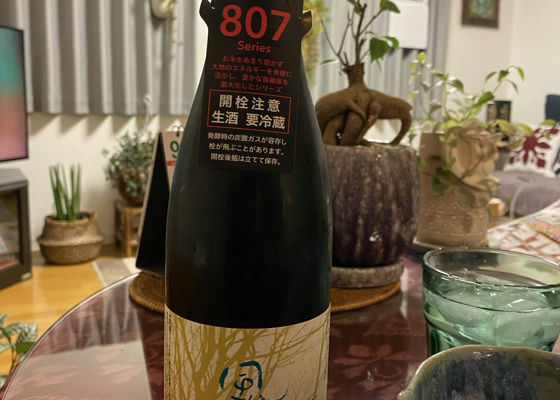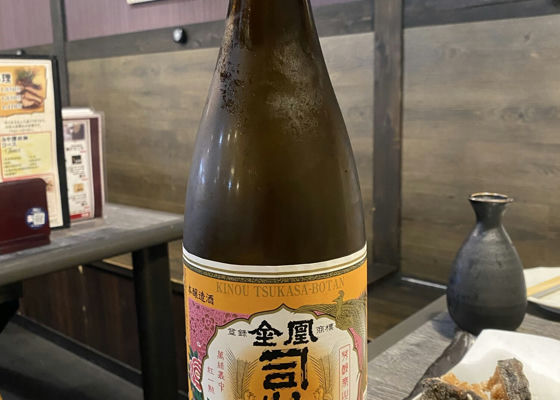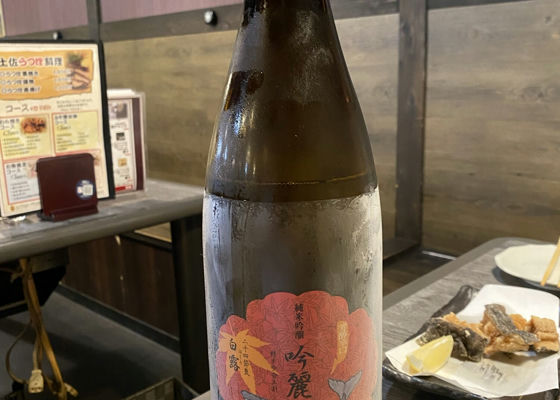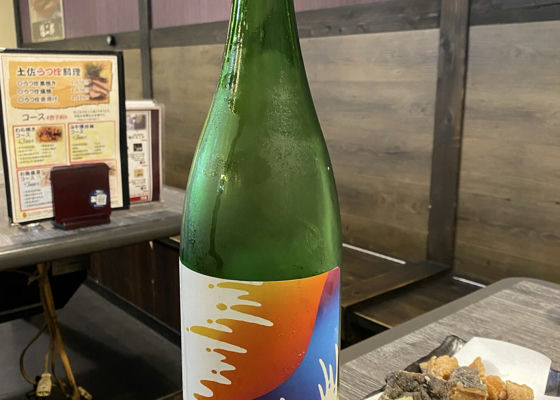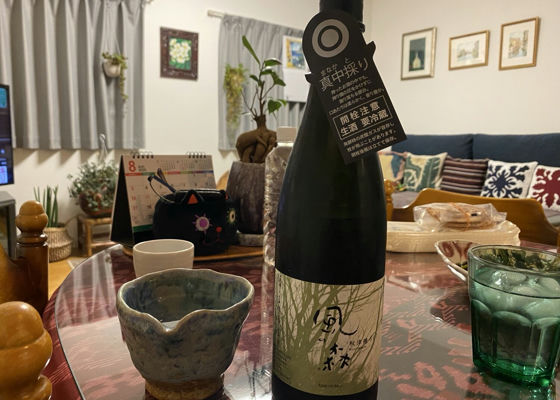Tabika純米吟醸 無濾過生酒 2025BY初しぼり
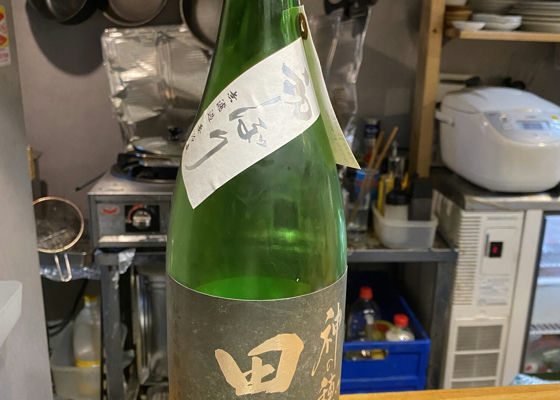
YukiOk0408
Fruity.
Here is the description
This is a freshly squeezed new sake made from "Kami no Ho" rice suitable for sake brewing, grown under contract in the Tamitsu district of Komono-cho, Mie Prefecture, the hometown of Tamitsu.
~This is Tabika from Hayakawa Sake Brewery in Mie Prefecture, which has been newly handled since May 2021! ~ May 2021
Only three brewers carefully brew this sake in a small brewery.
Everything from regular sake to daiginjo is pressed in tanks.
All sake is pressed slowly over a two-day period in a prefabricated, enclosed upper tank room with cold-air dehumidification for easy hygiene control.
All sake is heated and stored in bottles, and all bottles are new.
The theme is "gentle, beautiful, mellow, and not tiring to drink.
The sake is brewed in small batches, so it is made in a fresh rotation, with another batch being made when the stock runs low.
The process is called "vat pressing," in which the sake bags containing the unrefined sake are layered and pressed with a lid and pressure applied from the top.
Japanese>English
